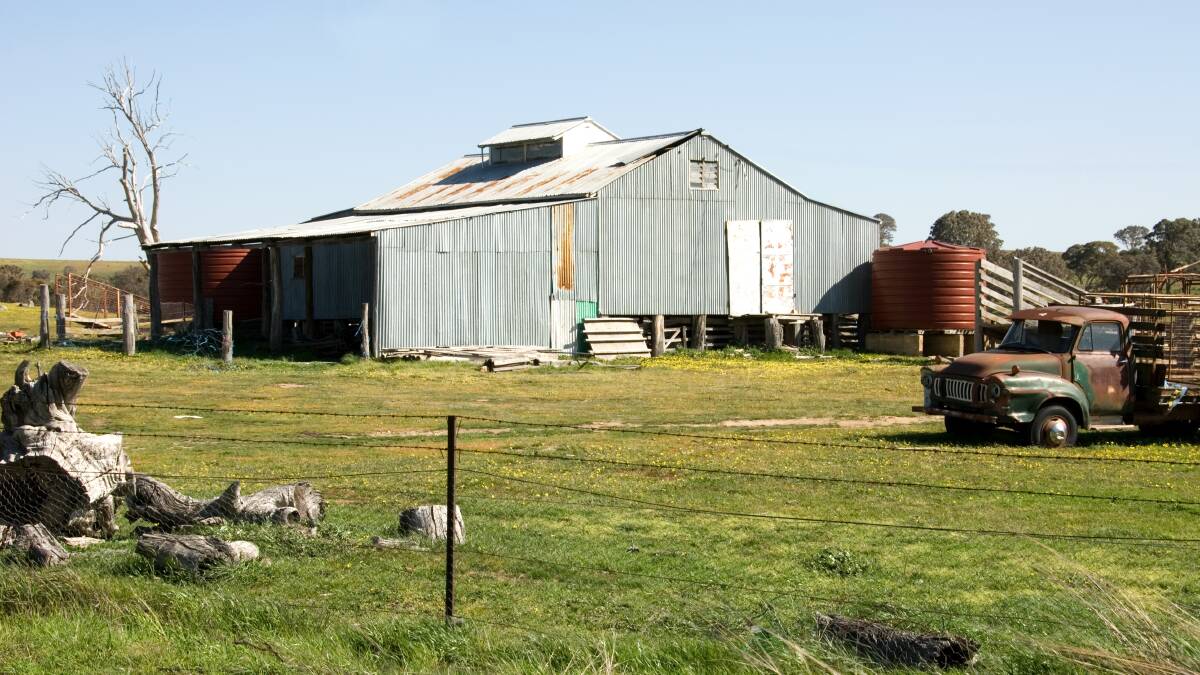Understanding and managing old farm structures

This is branded content.
Farm structures built before 1980 may contain asbestos. These include barns, silos, farmhouses, storage sheds, and chicken coops. Once a fundamental construction material, asbestos has since been discovered to pose significant health risks.
One widespread risk of asbestos exposure is mesothelioma. About 700 to 800 Australians are diagnosed with this cancer every year.
With this discovery, you might be grappling with the uncertainty of this silent threat in your old farm structures. Leaving them intact isn't a prudent option as these toxic materials can easily be disturbed and their fibres released into the air. You must, therefore, find ways to remove all asbestos-based components or manage them effectively.
This article offers actionable tips on identifying asbestos-containing materials and dealing with them to safeguard your health.
The ubiquitous legacy of asbestos in agriculture
Asbestos was once the go-to building material among construction experts because of its favourable properties like fire resistance, durability, and insulation. Incorporating it in farm structures protected them from hazards like extreme weather conditions, fire, pest infestation, forceful strikes, and chemical spills.
The material was mostly used to manufacture roofing, siding, floor tiles, insulation, and electrical and plumbing systems. It was also incorporated into the gaskets and seals of farm machinery as a cushion against high temperature and wear.
In the 1980s, intensified research on the dangers of asbestos led to its ban in many countries worldwide. In Australia, its use, sale, or import was banned in 2003 after about 20 years of phasing it out.
Identifying and assessing asbestos risk in your farm structures
It's crucial to know whether your old farm structures have asbestos. The first consideration is the year they were constructed. Structures dating back to the 1980s and before have a higher likelihood of containing asbestos. Corrugated cement sheets and old floor tiles should especially be of concern. If these are damaged or are deteriorating, you're at risk of asbestos exposure.
But because of the risks involved, you'll need to call in qualified asbestos inspectors for a thorough professional inspection rather than trying to investigate independently. The experts can quickly identify asbestos-containing materials and evaluate the risk level by checking the material's condition. They'll also create a management plan to minimise the risk. You may want to get these services from Wollongong asbestos removal by sydneyasbestos.com or other reputable asbestos removal services within your region.
Managing asbestos on your farm
The first most crucial mitigation measure is lowering the level of disturbance. You can use encapsulation and sealing techniques to keep the fibres intact. Apply a protective coat over the culprit materials. This binds the fibres, making it hard for them to peel off and invade the air. It's an affordable method, useful especially for undamaged materials.
If you go with containment, you must adjust daily practices in the farm structures. If ventilation isn't sufficient, consider adding more windows to your farm structures, installing exhaust fans, or using air purifiers. Also, minimise dust in these structures through regular cleaning. Asbestos particles can easily mix with dust, increasing the risk of inhalation.
If the materials are damaged, you may want to consider controlled removal. For this, you should hire licensed asbestos removal contractors. They know how to safely remove and dispose of asbestos. They're also well-versed with local regulations on the same. On many occasions, removal might be more expensive than containment but necessary if the exposure risks are high. And in worst-case scenarios, demolition may be the only feasible option.
Navigating financial and legal considerations
Some governments offer grants for asbestos removal and management. They do this to promote public health, ensuring citizens live in safe environments, given the typically high costs of asbestos removal. With asbestos-related diseases causing about 4,000 deaths in Australia every year, the authorities have to intervene. Such financial aid can reduce the renovation costs at your farm.
Insurance is another critical consideration. In the process of asbestos removal, many things can go wrong. Asbestos can be accidentally released, contaminating the vicinity and causing health issues in workers and farm residents. You may also be fined if you fail to adhere to disposal protocols. Disclosing the presence of asbestos to your insurer can help ease the financial burden that comes with these mishaps.
It's also paramount to familiarise yourself with regulations around asbestos handling. They vary from state to state, thus it helps to consult local authorities on what's required in your jurisdiction. Remember, adhering to these laws upholds safety. Don't feel like it's a burden to follow the provisions.
Conclusion
Knowing the extent of asbestos use in your farm structures and the inherent risks is critical. Start by assessing your buildings with the help of professional asbestos removers. The findings will help you come up with a reasonable management plan. Beyond these basics of asbestos assessment, management, and removal, invest time to research on eco-friendly methods for demolition and disposal, as sustainability is a significant concern nowadays.


